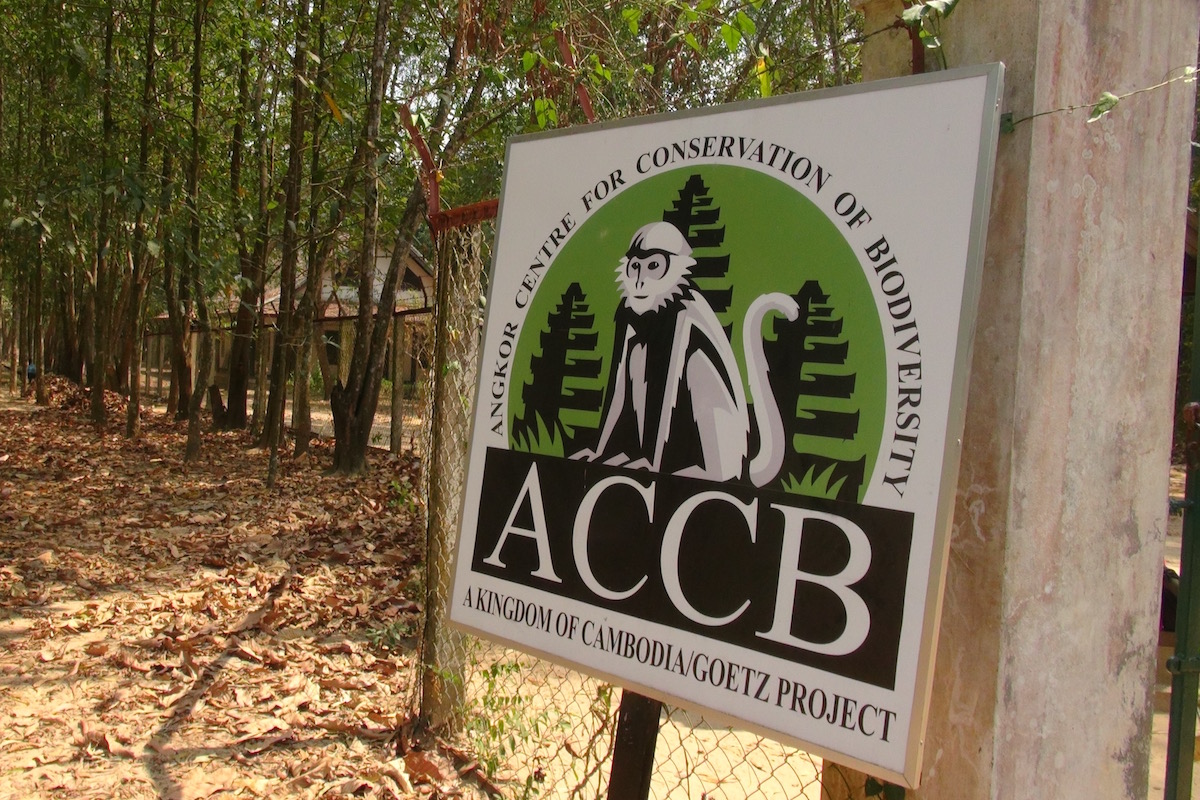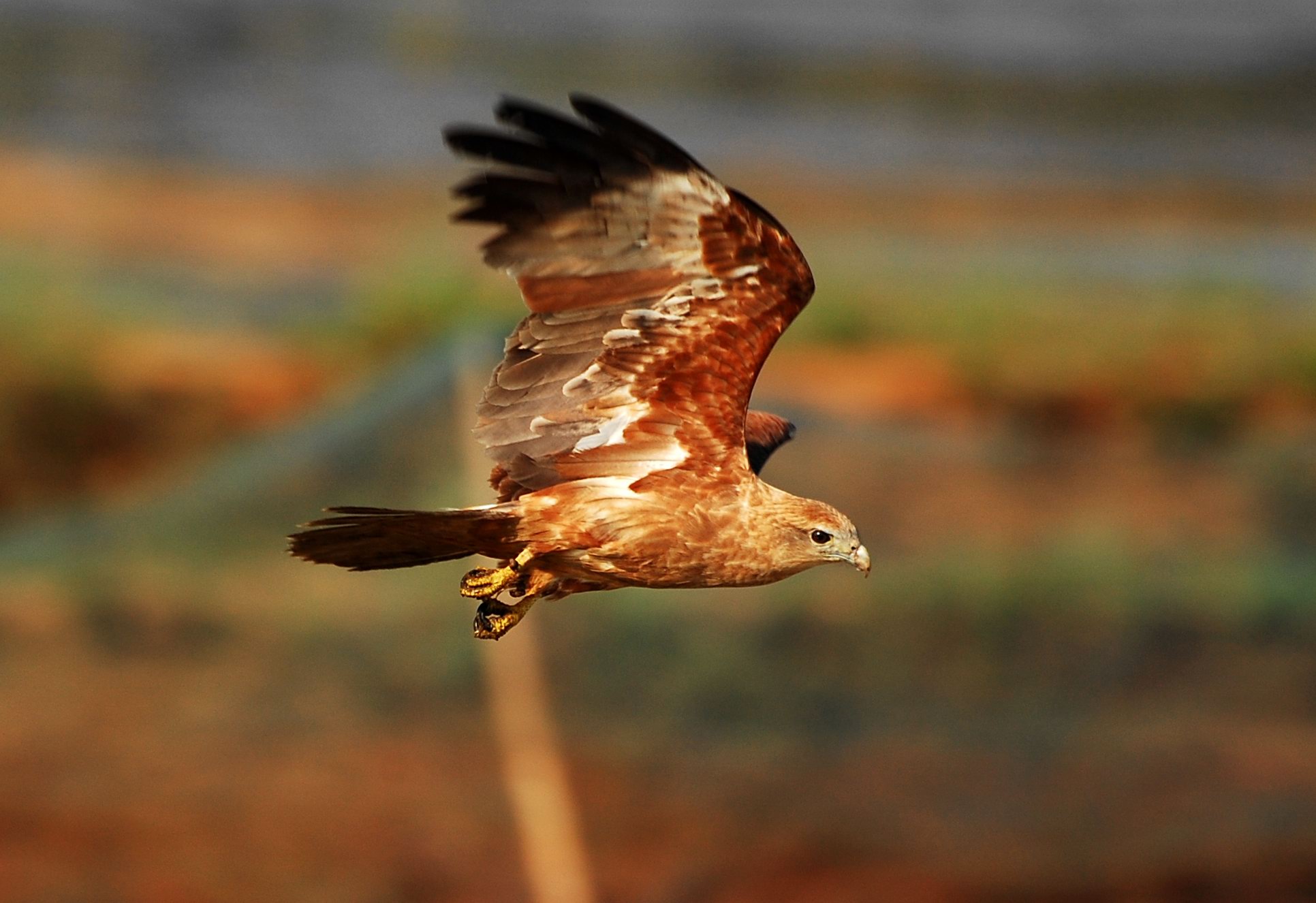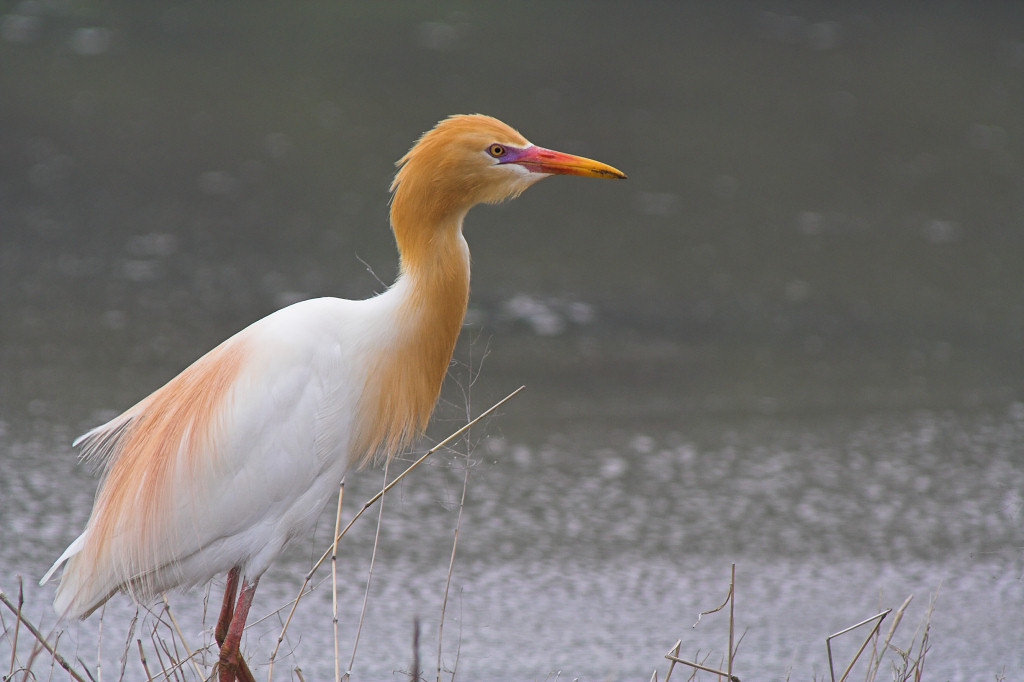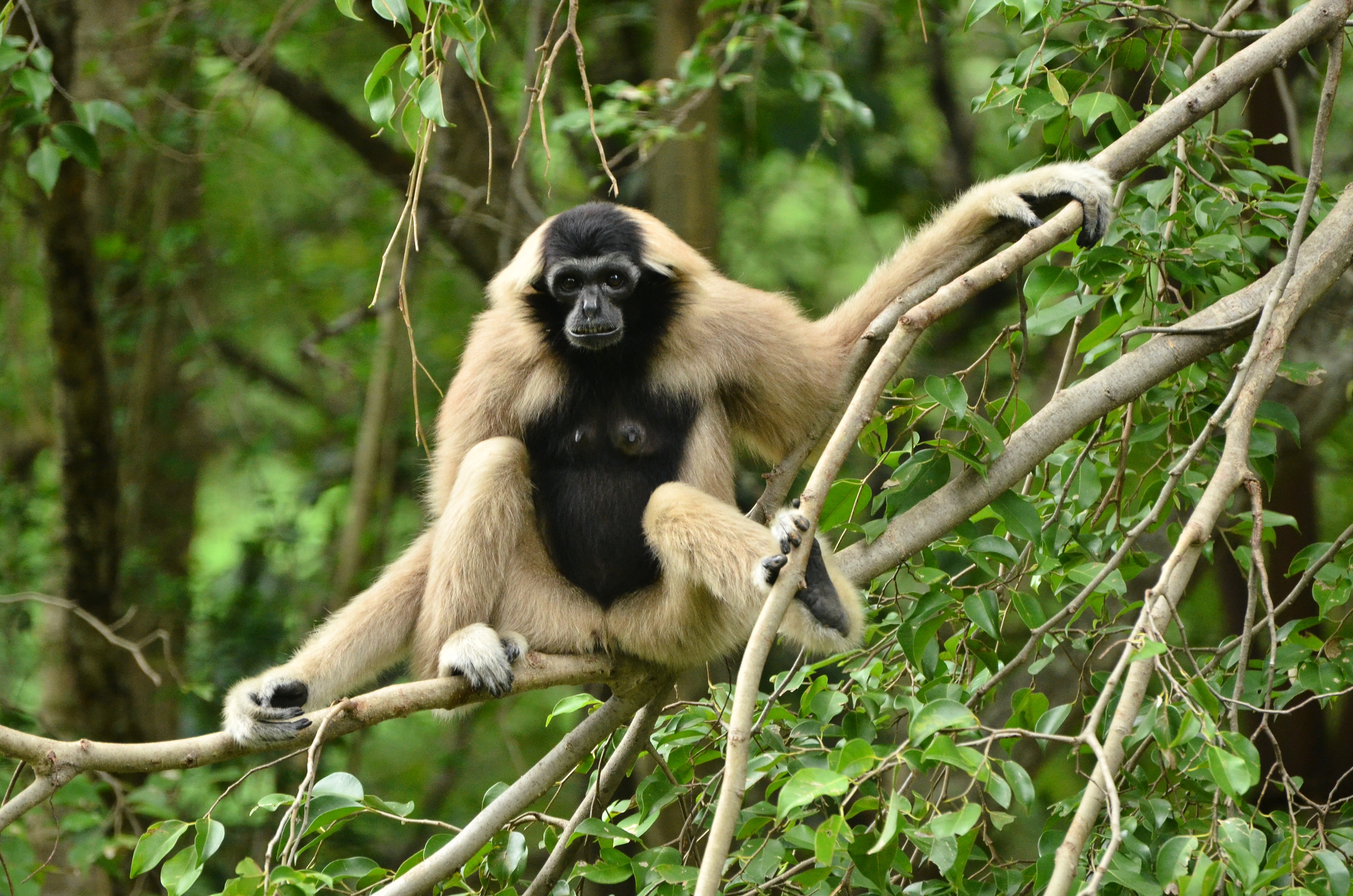|
Angkor Centre For Conservation Of Biodiversity
The Angkor Centre for Conservation of Biodiversity (ACCB) is a non-governmental organization in Cambodia. ACCB is "one of the first nature conservation and endangered wildlife rescue and breeding centre" in the country. It works towards the conservation of wildlife and biodiversity in Cambodia. Established in 2003 by the Germany, German organizations of Allwetterzoo Münster and the Zoological Society for the Conservation of Species and Populations, ACCB's goals include the rehabilitation of confiscated wildlife, breeding of selected species, environmental education, local community involvement, research, and in-situ conservation. Dr. Stephan Goetz from Munich has provided major financial support via Stiftung Artenschutz (“Species Conservation Foundation”), a consortium of zoos and nature conservation organizations. The ACCB is a project (No. 04010) of the World Association of Zoos and Aquariums. Geography Situated on 25 hectares within the Phnom Kulen National Park, ACCB is lo ... [...More Info...] [...Related Items...] OR: [Wikipedia] [Google] [Baidu] |
Asian Palm Civet
The Asian palm civet (''Paradoxurus hermaphroditus''), also called common palm civet, toddy cat and musang, is a viverrid native to South and Southeast Asia. Since 2008, it is IUCN Red Listed as Least Concern as it accommodates to a broad range of habitats. It is widely distributed with large populations that in 2008 were thought unlikely to be declining. In Indonesia, it is threatened by poaching and illegal wildlife trade; buyers use it for the increasing production of kopi luwak. Characteristics The Asian palm civet's long, stocky body is covered with coarse, shaggy hair that is usually greyish in colour. It has a white mask across the forehead, a small white patch under each eye, a white spot on each side of the nostrils, and a narrow dark line between the eyes. The muzzle, ears, lower legs, and distal half of the tail are black, with three rows of black markings on the body. Its head-to-body length is about with a long unringed tail. It weighs . Its anal scent glands e ... [...More Info...] [...Related Items...] OR: [Wikipedia] [Google] [Baidu] |
Brahminy Kite
The brahminy kite (''Haliastur indus''), formerly known as the red-backed sea-eagle in Australia, is a medium-sized bird of prey in the family Accipitridae, which also includes many other diurnal raptors, such as eagles, buzzards, and harriers. They are found in the Indian subcontinent, Southeast Asia, and Australia. They are found mainly on the coast and in inland wetlands, where they feed on dead fish and other prey. Adults have a reddish-brown body plumage contrasting with their white head and breast which make them easy to distinguish from other birds of prey. Taxonomy In 1760, French zoologist Mathurin Jacques Brisson described and illustrated the Brahminy kite in the first volume of his ''Oiseaux'' based on a specimen collected in Pondicherry, India. He used the French name ''L'aigle de Pondichery''. The brahminy kite was included by the French polymath Georges-Louis Leclerc, Comte de Buffon in his ''Histoire Naturelle des Oiseaux''. It was also illustrated in a hand-colo ... [...More Info...] [...Related Items...] OR: [Wikipedia] [Google] [Baidu] |
Lesser Whistling Duck
The lesser whistling duck (''Dendrocygna javanica''), also known as Indian whistling duck or lesser whistling teal, is a species of whistling duck that breeds in the Indian subcontinent and Southeast Asia. They are nocturnal feeders that during the day may be found in flocks around lakes and wet paddy fields. They can perch on trees and sometimes build their nest in the hollow of a tree. This brown and long-necked duck has broad wings that are visible in flight and produces a loud two-note wheezy call. It has a chestnut rump, differentiating it from its larger relative, the fulvous whistling duck, which has a creamy white rump. Description This chestnut brown duck is confusable only with the fulvous whistling duck (''D. bicolor'') but has chestnut upper-tail coverts unlike the creamy white in the latter. The ring around the eye is orange to yellow. When flying straight, their head is held below the level of the body as in other ''Dendrocygna'' species. The crown appears dark and ... [...More Info...] [...Related Items...] OR: [Wikipedia] [Google] [Baidu] |
Lesser Adjutant
The lesser adjutant (''Leptoptilos javanicus'') is a large wading bird in the stork family Ciconiidae. Like other members of its genus, it has a bare neck and head. It is however more closely associated with wetland habitats where it is solitary and is less likely to scavenge than the related greater adjutant. It is a widespread species found from India through Southeast Asia to Java. Description A large stork with an upright stance, a bare head and neck without a pendant pouch, it has a length of (outstretched from bill-to-tail measurement), weighs from and stands about tall.Hancock, James A.; Kushan, James A.; Kahl, M. Philip. (1992) ''Storks, Ibises and Spoonbills of the World''. Princeton University Press. The only confusable species is the greater adjutant, but this species is generally smaller and has a straight upper bill edge ( culmen), measuring in length, with a paler base and appears slightly trimmer and less hunch-backed. The skullcap is paler and the upper pl ... [...More Info...] [...Related Items...] OR: [Wikipedia] [Google] [Baidu] |
Cattle Egret
The cattle egret (''Bubulcus ibis'') is a cosmopolitan species of heron (family Ardeidae) found in the tropics, subtropics, and warm-temperate zones. It is the only member of the monotypic genus ''Bubulcus'', although some authorities regard its two subspecies as full species, the western cattle egret and the eastern cattle egret. Despite the similarities in plumage to the egrets of the genus ''Egretta'', it is more closely related to the herons of '' Ardea''. Originally native to parts of Asia, Africa, and Europe, it has undergone a rapid expansion in its distribution and successfully colonised much of the rest of the world in the last century. It is a white bird adorned with buff plumes in the breeding season. It nests in colonies, usually near bodies of water and often with other wading birds. The nest is a platform of sticks in trees or shrubs. Cattle egrets exploit drier and open habitats more than other heron species. Their feeding habitats include seasonally inundated gr ... [...More Info...] [...Related Items...] OR: [Wikipedia] [Google] [Baidu] |
Black-crowned Night Heron
The black-crowned night heron (''Nycticorax nycticorax''), or black-capped night heron, commonly shortened to just night heron in Eurasia, is a medium-sized heron found throughout a large part of the world, including parts of Europe, Asia, and North and South America. In Australasia it is replaced by the closely related nankeen night heron, with which it has hybridized in the area of contact. Taxonomy The black-crowned night heron was formally described by the Swedish naturalist Carl Linnaeus in 1758 in the tenth edition of his ''Systema Naturae''. He placed it with herons, cranes and egrets in the genus '' Ardea'' and coined the binomial name ''Ardea nicticorax''. It is now placed in the genus ''Nycticorax'' that was introduced in 1817 by the English naturalist Thomas Forster for this species. The epithet ''nycticorax'' is from Ancient Greek and combines ''nux'', ''nuktos'' meaning "night" and ''korax'' meaning "raven". The word was used by authors such as Aristotle and Hes ... [...More Info...] [...Related Items...] OR: [Wikipedia] [Google] [Baidu] |
Asian Openbill
The Asian openbill or Asian openbill stork (''Anastomus oscitans'') is a large wading bird in the stork family Ciconiidae. This distinctive stork is found mainly in the Indian subcontinent and Southeast Asia. It is greyish or white with glossy black wings and tail and the adults have a gap between the arched upper mandible and recurved lower mandible. Young birds are born without this gap which is thought to be an adaptation that aids in the handling of snails, their main prey. Although resident within their range, they make long distance movements in response to weather and food availability. Taxonomy The Asian openbill was described by the French polymath Georges-Louis Leclerc, Comte de Buffon in 1780 in his ''Histoire Naturelle des Oiseaux'' from a specimen collected in Pondichery, India. The bird was also illustrated in a hand-coloured plate engraved by François-Nicolas Martinet in the ''Planches Enluminées D'Histoire Naturelle'' which was produced under the supervision ... [...More Info...] [...Related Items...] OR: [Wikipedia] [Google] [Baidu] |
Sunda Pangolin
The Sunda pangolin (''Manis javanica''), also known as the Malayan or Javan pangolin, is a species of pangolin. It is found throughout Southeast Asia, including Myanmar, Thailand, Cambodia, Laos, Malaysia, Singapore, Vietnam, and the islands of Borneo, Java, Sumatra and the Lesser Sunda Islands. It prefers forested habitats (primary, secondary, and scrub forest) and plantations (rubber, palm oil). A large part of its life is spent in trees. Taxonomy In the past, this species has included the closely related Palawan pangolin (''M. culionensis''), as both are in the subgenus ''Paramanis''. It is closely related to the Chinese pangolin, although the Malayan species is larger, lighter in colour, and has shorter fore claws. Description The skin of the Sunda pangolin's feet is granular, although pads are found on its front feet. It has thick and powerful claws to dig into the soils in search of ant nests or to tear into termite mounds. The Sunda pangolin has poor eyesight, but a high ... [...More Info...] [...Related Items...] OR: [Wikipedia] [Google] [Baidu] |
Pileated Gibbon
The pileated gibbon (''Hylobates pileatus'') is a primate in the gibbon family, Hylobatidae. The pileated gibbon has sexual dimorphism in fur coloration: males have a purely black fur, while the females have a white-grey colored fur with only the belly and head black. The white and often shaggy hair ring around the head is common to both sexes. The species has been identified as Endangered, and is listed in CITES Appendix I. Their main threat is habitat destruction, with the wild forest they live in being converted into farmland. This has led to local extinction in some areas. Also, like many other species of primate, they are hunted and captured for meat and to be sold into Wildlife smuggling. Many attempts have been made to survey and increase the species' numbers, both concerning their status in the wild, and in zoos. Range The range of the pileated gibbon is eastern Thailand, western Cambodia and southwest Laos. Its lifestyle is much like other gibbons: diurnal and arboreal ... [...More Info...] [...Related Items...] OR: [Wikipedia] [Google] [Baidu] |



_Yala.jpg)


